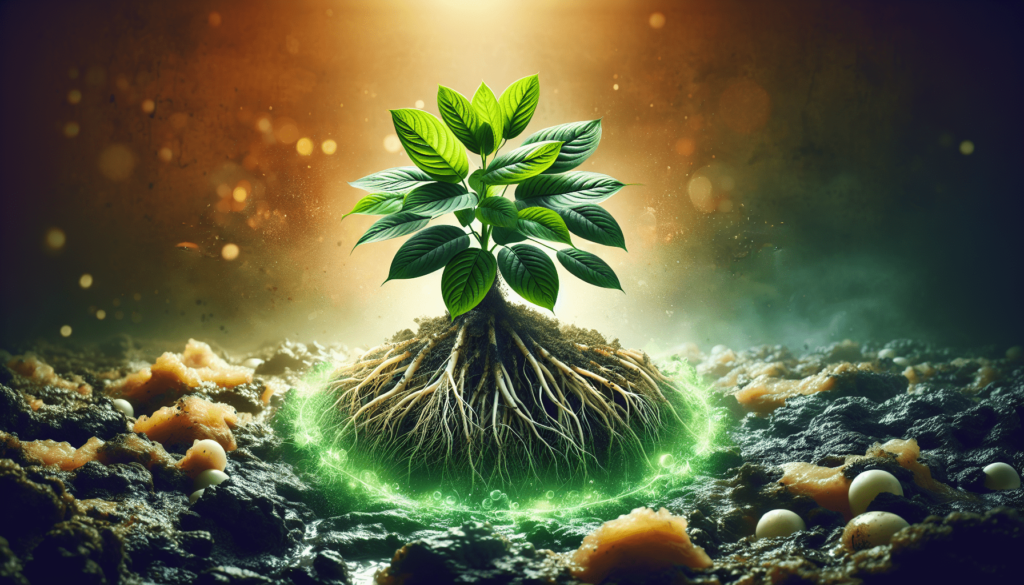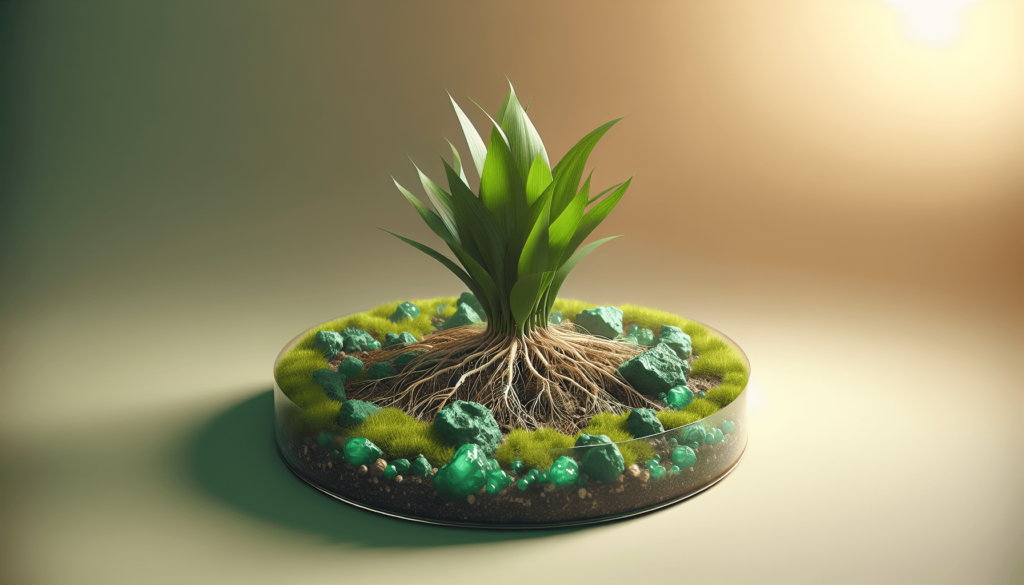
How can the burgeoning environmental challenge of wastewater sludge disposal be effectively addressed through innovative phytoremediation strategies? This question taps into the core of a modern ecological predicament, where traditional sludge disposal methods are becoming increasingly unsustainable. As industries across the globe strive for greener alternatives, phytoremediation emerges as a promising solution, harnessing the natural abilities of plants to absorb and remove contaminants from wastewater sludge.
Understanding Wastewater Sludge
Wastewater sludge is the semi-solid residual material produced as a by-product during the treatment of sewage and industrial wastewater. This sludge is rich in organic matter, nutrients, and potentially hazardous substances such as heavy metals and pathogens. The safe disposal of wastewater sludge is crucial to preventing environmental degradation and protecting public health.
Composition and Characteristics
The composition of wastewater sludge can vary significantly depending on the source and treatment processes used. Typically, it contains water, organic matter, inorganic materials, pathogens, and a range of chemical contaminants, including heavy metals, nitrogen, phosphorus, and other industrial pollutants. Understanding these characteristics is essential for developing effective disposal and remediation strategies.
Current Disposal Challenges
Traditional disposal methods, such as landfilling, incineration, or ocean dumping, come with significant environmental repercussions and regulatory constraints. These methods are often expensive, contribute to greenhouse gas emissions, and pose risks to soil and water quality. As landfill spaces diminish and environmental regulations tighten, there is a pressing need for more sustainable solutions.
Introduction to Phytoremediation
Phytoremediation is an innovative technology that utilizes plants to remediate contaminants in soil, water, and air. This green technology capitalizes on the inherent abilities of certain plants to degrade, extract, contain, or immobilize contaminants from the environment.
Mechanisms of Phytoremediation
Phytoremediation encompasses several mechanisms through which plants can remediate wastewater sludge. These include:
- Phytoextraction: Certain plants can uptake contaminants, primarily heavy metals, through their roots and accumulate them in their tissues.
- Phytodegradation: Plants can break down organic pollutants in sludge into less harmful forms through metabolic processes.
- Phytostabilization: Plants can immobilize contaminants in soil or sludge, reducing their mobility and bioavailability.
- Rhizofiltration: The roots of plants can absorb contaminants from water, which is particularly useful for treating liquid waste and sludge.
Benefits of Phytoremediation
Phytoremediation offers several advantages over conventional methods of sludge treatment. It is cost-effective, environmentally friendly, and can improve soil properties and aesthetics of an area. Additionally, it can be implemented in situ, reducing the need for sludge transport and associated environmental impacts.
Phytoremediation Strategies for Wastewater Sludge
There are various strategies within phytoremediation tailored to specific types of contaminants found in wastewater sludge.
Phytoextraction
By growing hyperaccumulator plants that specifically take up heavy metals, phytoextraction can effectively cleanse sludge of metal contaminants. Common plants used include sunflower (Helianthus annuus) and Indian mustard (Brassica juncea), which are known for their ability to absorb metals like lead, cadmium, and zinc.
Phytodegradation
This strategy is effective for organic pollutants. Certain plants and their associated microbial communities can degrade organic pollutants in sludge. For instance, willow (Salix spp.) and poplar (Populus spp.) trees can be employed to break down hydrocarbons and other organic compounds.
Phytostabilization and Rhizofiltration
For areas where contamination mobility poses a risk, phytostabilization is beneficial. Grasses and woody plants can stabilize soil and sludge, preventing erosion and leaching of contaminants. Rhizofiltration, using plants such as water hyacinth (Eichhornia crassipes), can purify waterborne pollutants from sludge leachate.
Application and Implementation
To apply phytoremediation in sludge disposal effectively, several factors must be considered.
Site Assessment and Plant Selection
A thorough understanding of the site’s specific contaminants and conditions is essential. The selection of appropriate plant species depends on the types of contaminants, climate, and soil conditions. Hyperaccumulators are chosen based on their uptake efficiency for specific metals, while fast-growing species with extensive root systems are ideal for degradation and stabilization projects.
Designing Phytoremediation Systems
Design considerations include plant density, arrangement, and the integration of various plant species to optimize contaminant removal. Systems may be designed as monocultures for specific contaminant removal or polycultures to handle a spectrum of pollutants.
Monitoring and Maintenance
Regular monitoring of the site’s contaminant levels and plant health is critical to assess the phytoremediation process’s progress and effectiveness. Maintenance involves managing plant growth, controlling pests, and ensuring optimal environmental conditions for plant health.
Integration with Other Technologies
For maximum efficacy, phytoremediation can be integrated with other remediation technologies, such as chemical treatments or bioaugmentation, to enhance degradation rates or target specific contaminants more effectively.

Case Studies and Success Stories
Phytoremediation’s potential is well-demonstrated through various successful implementations across the globe.
Changi Water Reclamation Plant, Singapore
In Singapore’s Changi Water Reclamation Plant, a robust phytoremediation system treats sludge by employing tropical aquatic plants. This project not only demonstrates effective contaminant removal but also exemplifies the integration of clean technology in urban environments.
Torreele Water Reclamation Scheme, Belgium
In Belgium, the Torreele Water Reclamation Scheme uses willow plantations grown on sludge disposal sites. This approach not only stabilizes the sludge and reduces contaminants but also supports biomass production used for renewable energy.
East Bay Municipal Utility District, USA
The East Bay Municipal Utility District in California has successfully utilized phytoremediation to manage its wastewater treatment plant’s biosolid disposal. The initiative effectively reduced metal contamination while contributing to local biodiversity.
Challenges and Considerations
Despite its advantages, phytoremediation is not without limitations.
Time and Space Constraints
Phytoremediation often requires a longer timeframe compared to traditional methods, which can be a limitation for immediate remediation needs. Additionally, large areas of land may be necessary, which may not be feasible in densely populated regions.
Species Selection and Performance
Choosing the right plant species that will thrive in specific sludge compositions and climate conditions can be challenging. Performance can be inconsistent with environmental changes, such as drought or extreme temperatures, affecting the efficacy of the process.
Contaminant Specificity
Different plants possess varying capacities to absorb different pollutants, and some contaminants might require a combination of plant species or augmented strategies for effective remediation.
Future Perspectives and Innovations
As research progresses, new methodologies and technologies in phytoremediation are being developed to overcome existing challenges.
Genetic Engineering
Genetically modifying plants to enhance their phytoremediation capabilities is a promising area. By introducing genes that can increase tolerance and uptake of specific contaminants, scientists aim to create superaccumulators to expedite the remediation process.
Nanotechnology
The use of nanomaterials to enhance the bioavailability and uptake of contaminants by plants is being explored. Such innovations can potentially accelerate detoxification processes, making phytoremediation more efficient.
Policy and Economic Incentives
Encouraging policies and economic incentives can promote the adoption of phytoremediation. By recognizing it as an official remediation strategy, governments can support research, implementation, and scaling up of projects.
Conclusion
Phytoremediation represents a paradigm shift in the sustainable management of wastewater sludge. It provides an environmentally friendly and cost-effective alternative to conventional disposal methods, aligning with the global move towards ecological sustainability. While challenges remain, continued research, technological advancements, and supportive policies can enhance its implementation and efficacy, offering a greener future for sludge management. As you contemplate the adoption of phytoremediation strategies in your own practices, consider how these natural allies can transform your environmental impact for the better.